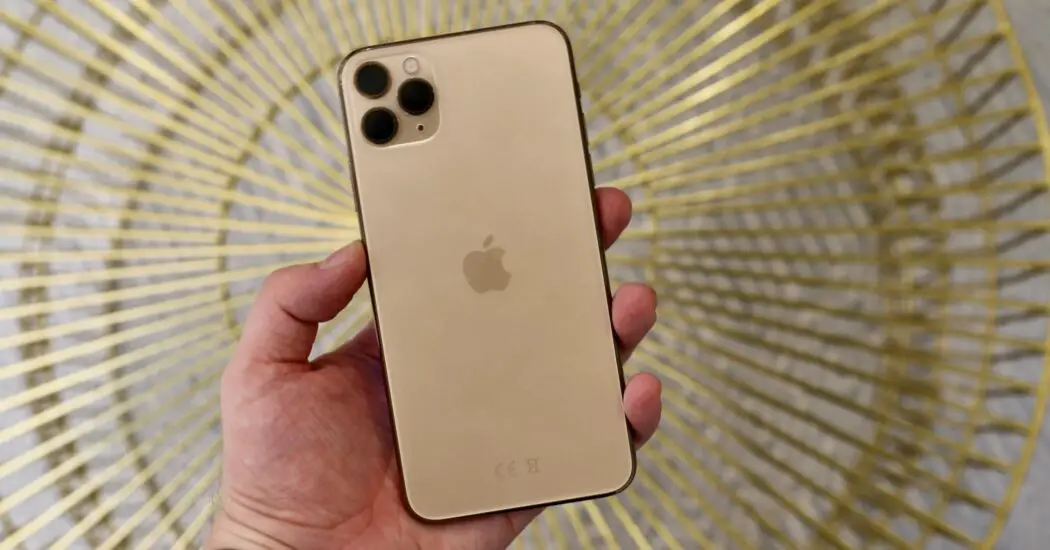When considering an upgrade or a new purchase, the question of iPhone camera 8 vs 11 often comes to mind. This article provides a step-by-step comparison to help you make an informed decision.

Table of Contents
iPhone Camera 8 vs 11 – Detailed Comparison
Let’s get into the comparison of the iPhone camera 8 vs 11…
Understanding the Basics
Before we get into the finer points, it’s imperative to get a handle on the fundamental specs of the iPhone 8 and iPhone 11 cameras. The iPhone 8 comes with a single rear camera, boasting a 12-megapixel sensor. When we talk about megapixels, we’re essentially discussing the resolution of the photos.
Higher megapixels don’t always equate to better quality, but they do offer more detail, especially useful if you plan to print your photos or zoom in on them. The iPhone 8’s f/1.8 aperture helps in letting in a good amount of light, which is particularly handy in low-light situations.
An aperture is a hole through which light travels, and the smaller the number, the larger the aperture, thus allowing more light to hit the sensor. Conversely, the iPhone 11 takes a leap forward by offering a dual-camera system, which comprises two 12-megapixel sensors.
One is an Ultra-Wide lens with an f/2.4 aperture and a 120-degree field of view. The other is a Wide lens with an f/1.8 aperture, identical to the iPhone 8. This dual setup endows you with significant flexibility, letting you shoot everything from expansive landscapes to intimate portraits with varying perspectives.
Low-Light Performance
When it comes to photography in less-than-ideal lighting, the iPhone 11 indisputably takes the lead. To witness this difference, find the Camera app on your iPhone, usually symbolized by a camera icon on your home screen, and tap it to open.
In the iPhone 11, as soon as the camera sensor detects low light, a “Night Mode” option becomes visible, often marked by a moon icon. This is an automated feature designed to improve photo quality in dim settings.
Night Mode works by extending the exposure time and employing intelligent software algorithms to minimize noise and optimize colors. In essence, the camera takes multiple shots at different exposures and combines them for a brighter, clearer image. The iPhone 8 doesn’t have this Night Mode feature, which means it won’t perform as well as the iPhone 11 in darker environments.
Read more iPhone camera topics here – iPhone Camera: How To, Problems & Solutions
Zooming Capabilities
The ability to zoom effectively is another crucial aspect that sets these two models apart. To zoom with either device, place your thumb and index finger on the screen and slide them apart to zoom in, or together to zoom out.
The iPhone 11 offers both 2x optical zoom and up to 5x digital zoom. Optical zoom utilizes lens magnification, allowing you to get closer to your subject without losing much in the way of image quality.
The iPhone 8, however, offers only up to 5x digital zoom. Unlike optical zoom, digital zoom essentially enlarges a portion of the image, leading to a potential loss of quality as the image becomes pixelated.
Portrait Mode
Portrait mode, available on both devices, adds an artistic touch to your photos by blurring the background and focusing on the subject. In the Camera app, swipe across the various modes until you find the ‘Portrait’ option.
The iPhone 11, however, offers more advanced options, such as multiple lighting effects like “Natural Light,” “Studio Light,” and “High-Key Light Mono,” among others. Plus, you get to adjust the depth of field or background blur using a slider, giving you greater creative control.
Video Capabilities
If capturing motion is more your thing, both iPhones offer 4K video recording. The iPhone 11, however, has a notable advantage by providing an extended dynamic range at up to 60 frames per second (fps).
An extended dynamic range means a wider range of light and dark areas in the video, resulting in more balanced exposures and more detailed shadows and highlights. The iPhone 8 offers extended dynamic range only at up to 30 fps, which limits your ability to capture fast-paced action in high quality.
User Interface and Ease of Use
Both iPhones are lauded for their user-friendly interfaces, but the iPhone 11’s Camera app offers a more intuitive experience. This is especially evident for those who like to switch between different shooting modes and settings regularly. The layout is more logical, and quick toggles make it easier to switch from the Wide to the Ultra-Wide lens, enabling you to adapt swiftly to different shooting scenarios.
Final Thoughts: iPhone Camera 8 vs 11
In conclusion, the decision between iPhone camera 8 vs 11 will hinge on your unique needs and how you plan to use the camera. Both are capable options, but the iPhone 11 provides more advanced features, better low-light performance, and greater flexibility in both photo and video capturing.